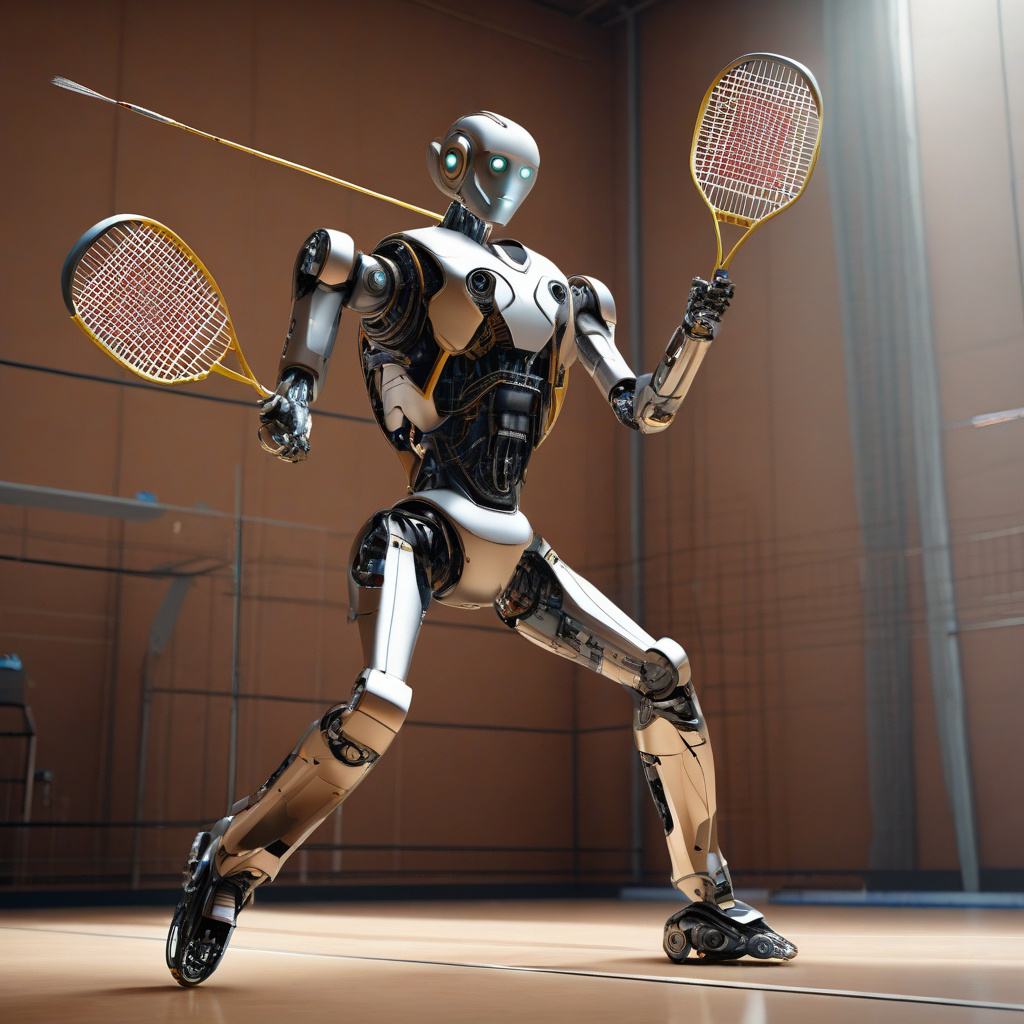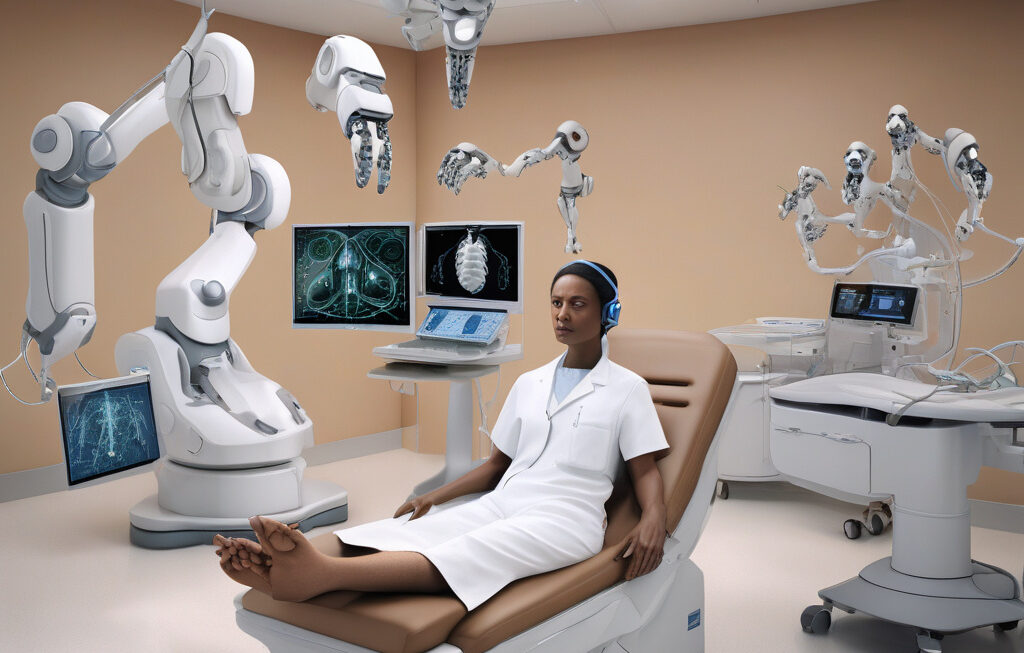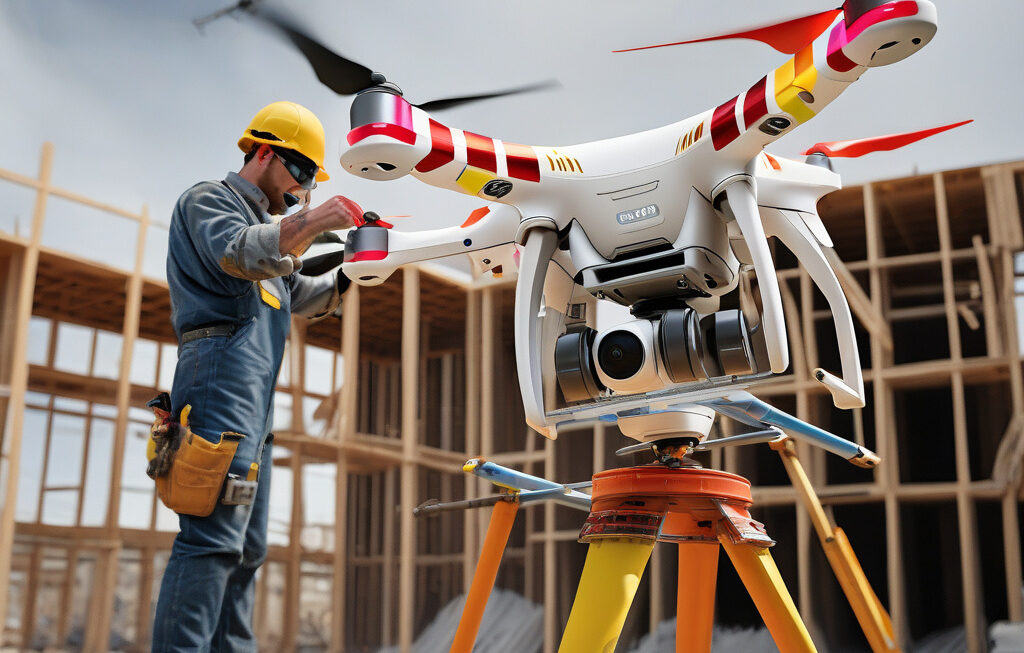Reinforcement Learning: The Game-Changer in Robot Badminton Mastery
Robotics and artificial intelligence have been advancing at an unprecedented pace, revolutionizing various industries and activities. One recent development that has caught the attention of tech enthusiasts and sports fans alike is the application of reinforcement learning in training robots to master the game of badminton.
Traditionally, teaching a robot to play badminton with human-like skills was a daunting task due to the complex and fast-paced nature of the game. However, with the integration of reinforcement learning algorithms, significant progress has been made in enhancing the robot’s ability to predict shuttlecock movements and return shots in real time.
Reinforcement learning is a type of machine learning that enables an AI system to learn and improve its performance through trial and error. By receiving feedback in the form of rewards or penalties based on its actions, the system can adjust its strategy and behavior to achieve the desired outcome.
In the context of robot badminton, reinforcement learning allows the AI robot to analyze the trajectory of the shuttlecock, anticipate its next move, and calculate the optimal angle and force required to return the shot successfully. This real-time decision-making process is crucial in keeping up with the fast-paced nature of the game and outperforming human opponents.
One of the key advantages of using reinforcement learning in robot badminton training is its ability to adapt and improve over time. As the robot gathers more experience and data from playing matches, it can refine its strategies, optimize its movements, and enhance its overall performance on the court.
Moreover, the application of reinforcement learning in robot badminton is not limited to solo practice sessions. In fact, researchers are exploring the possibility of developing AI-powered robotic systems that can compete against human players or other robots, creating an exciting and challenging environment for both players and spectators.
Imagine a future where AI robots equipped with reinforcement learning capabilities can participate in competitive badminton tournaments, pushing the boundaries of what is possible in sports and technology. This fusion of human skills and machine intelligence has the potential to elevate the game of badminton to new heights and inspire innovation in the field of robotics.
In conclusion, the integration of reinforcement learning in training robots to master badminton represents a significant leap forward in the intersection of sports, technology, and artificial intelligence. By harnessing the power of machine learning algorithms, researchers and developers are unlocking new possibilities for enhancing robot capabilities and redefining the boundaries of what robots can achieve in the realm of sports.
As we witness the evolution of AI-powered robots in badminton and other sports, one thing is clear – the future of competitive gaming and human-machine collaboration is brighter than ever before.
#ReinforcementLearning, #RobotBadminton, #AItechnology, #SportsInnovation, #FutureofRobotics












